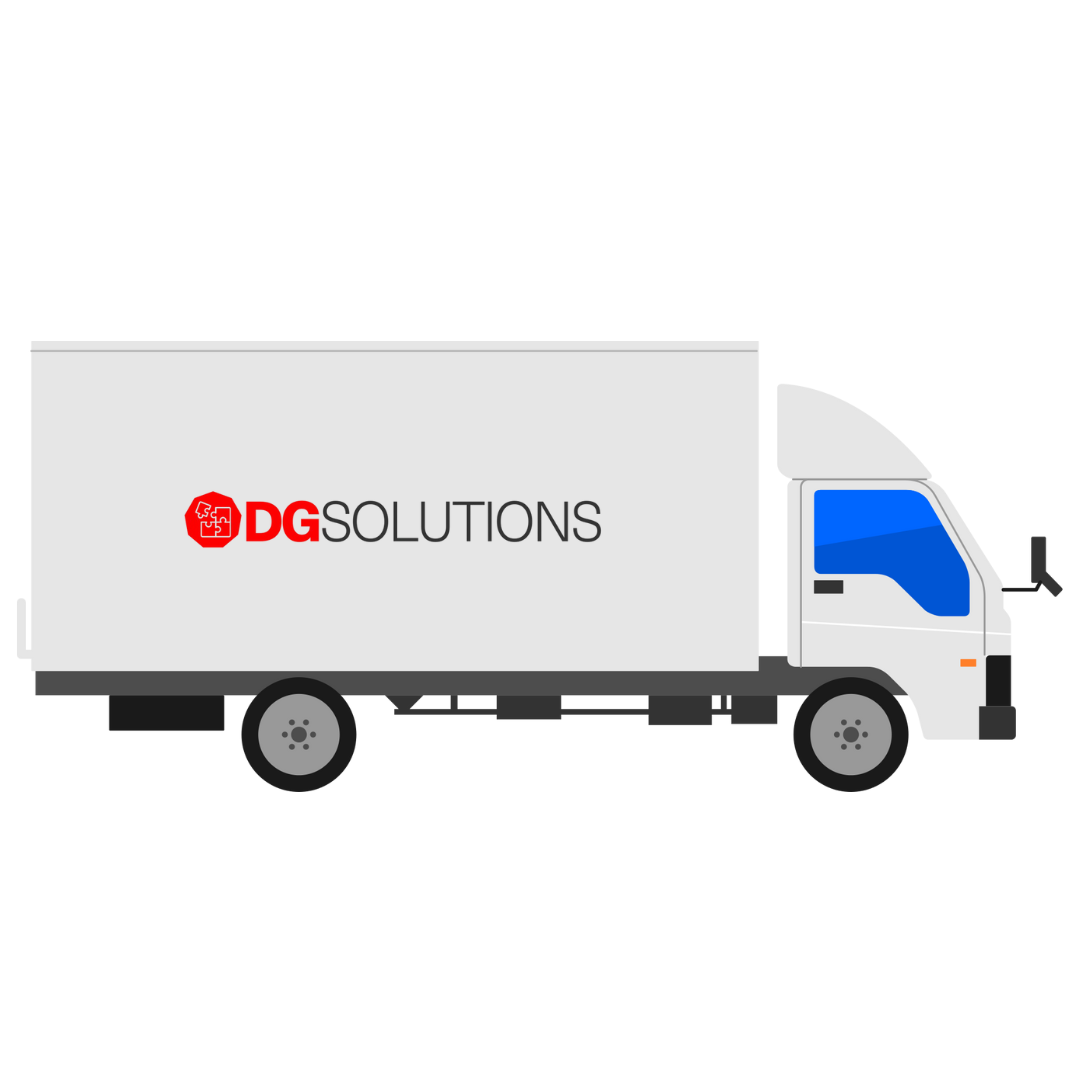
When most people think about dangerous goods segregation, they picture shelves and storage bays — acids stored away from oxidisers, flammables kept well clear of reactive substances.
But here’s the thing: segregation requirements don’t stop once your goods leave the warehouse.
In fact, the Land Transport Rule: Dangerous Goods 2005 and NZS 5433 both place clear responsibilities on consignors and transport operators to ensure that incompatible substances aren’t loaded together in a way that could cause harm.
Unfortunately, we’re seeing more cases of non-compliance at the transport stage, and it’s costing New Zealand businesses in delays, damaged freight, and serious safety risks.
Real Risk: What Happens When Segregation Goes Wrong
When incompatible classes of dangerous goods are placed together in a package, vehicle, or container, the result can be catastrophic — especially in an accident or leak.
For example:
- Class 3 (flammable liquids) and Class 5.1 (oxidisers) can fuel fires.
- Acids and cyanides can form deadly hydrogen cyanide gas.
- Some organic peroxides react violently with other substances, even in small quantities.
These aren't just “best practices” — they’re real dangers.
Not Just a Storage Issue – It’s a Transit Issue
One of the most overlooked areas we deal with at DG Solutions is transport segregation.
And it happens in all types of transport:
- Freight forwarders packing LCL containers
- Couriers consolidating multiple DG shipments
- Internal transfers between sites
Even if each item is packaged and labelled correctly, if they’re loaded together in a van, ute, or container without considering compatibility, you could be in breach of the law — and putting people and property at risk.
What NZ Law Says About It
Under the Land Transport Rule: Dangerous Goods 2005, and aligned with NZS 5433, segregation rules are based on:
- Dangerous Goods Class and Division
- Quantity of goods transported
- Type of vehicle or container
- Specific segregation tables and requirements
Some substances can’t travel in the same load, full stop. Others can be transported together if separated by a barrier or physical distance. But if you don’t know what’s allowed, you’re relying on luck.
What You Can Do
Here’s how to stay on top of segregation compliance:
- Know what you’re sending – Class, UN number, Packing Group, quantity.
- Check the segregation requirements – Use the NZS 5433 tables, segregation wheels or ask a DG expert.
- Label everything clearly – So handlers know what’s in each box or drum.
- Don’t rely on couriers to catch mistakes – It’s your responsibility as the consignor.
- Get advice – If you’re unsure, get help before you load the vehicle.
At DG Solutions, we help businesses across Auckland and New Zealand navigate the tricky parts of compliance – including segregation assessments, packaging advice, and staff training. Whether you’re shipping by road, sea, or air, we’ll help you avoid costly mistakes.
